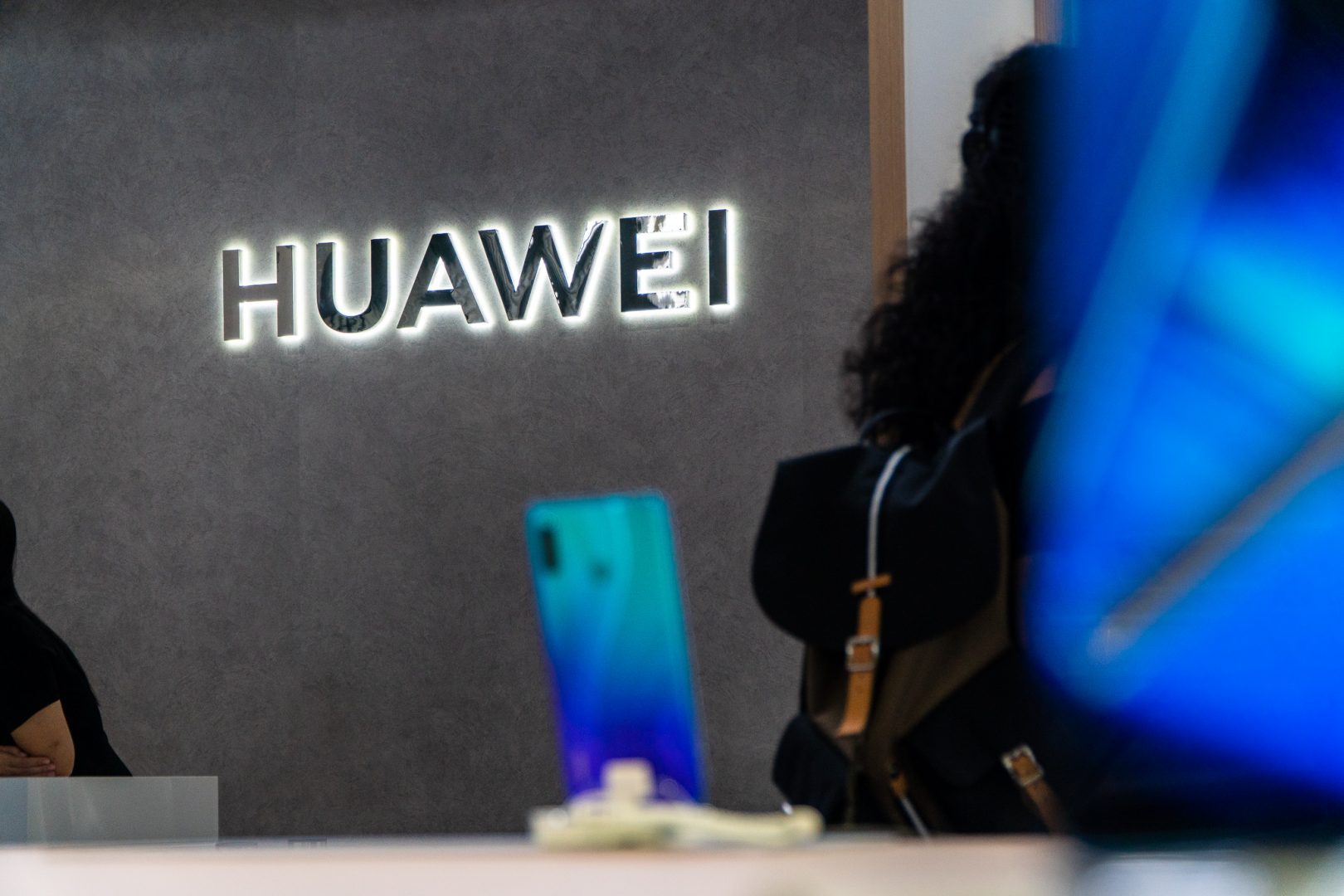In the recent time, Huawei released a new 5G flagship smartphone array without pre-installed Google-authorized apps as the Chinese tech titan encounters fallout from the U.S. blacklist previously in this year. The Mate 30 series—which was launched during an event in Munich—will function on an open-source account of Google’s Android OS (operating system). Huawei was unable to allow the new version of Android owing to limitations slapped by the U.S. on the Chinese company. That shows the new phones would not come installed with main Google apps, such as Gmail, YouTube, the Play Store, or Maps. In its place, Huawei will present its individual Android-based interface known as EMUI10 and its app store, which will permit downloads of apps such as Facebook, WhatsApp, and Instagram.
Some analysts cautioned the lack of Google software will put Huawei at a drawback in opposition to contenders such as Apple and Samsung. Annette Zimmermann—Vice President of Gartner Research—said to CNBC, “I do not see how many users will make so many negotiations with such a phone. It is a lot of ambiguity.” The U.S. executives placed Huawei on the entity list in May that needed American firms to get special consents to sell their technology to the Chinese giant. The U.S. presented a provisional official pardon to Huawei in August, increasing its ability to purchase from American companies until mid-November.
Similarly, Huawei was in news as Microsoft’s president seeks to end the U.S. technology ban on the troubled Chinese company. Microsoft’s president has demanded to end a forbid on it providing Huawei with Windows software that is required for the Chinese company’s computers. In May, Huawei was blacklisted by the President Donald Trump government over alleges it posed a threat to the US’ security. That halts American firms from supplying it with their advanced technology.

